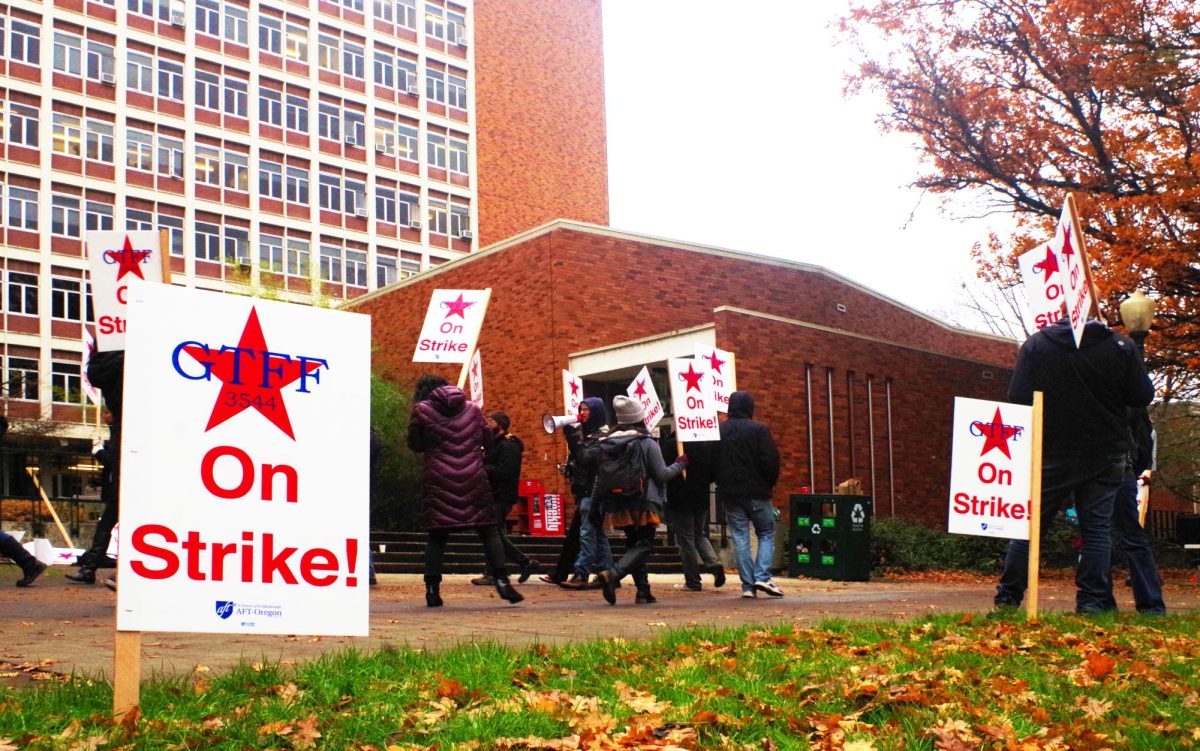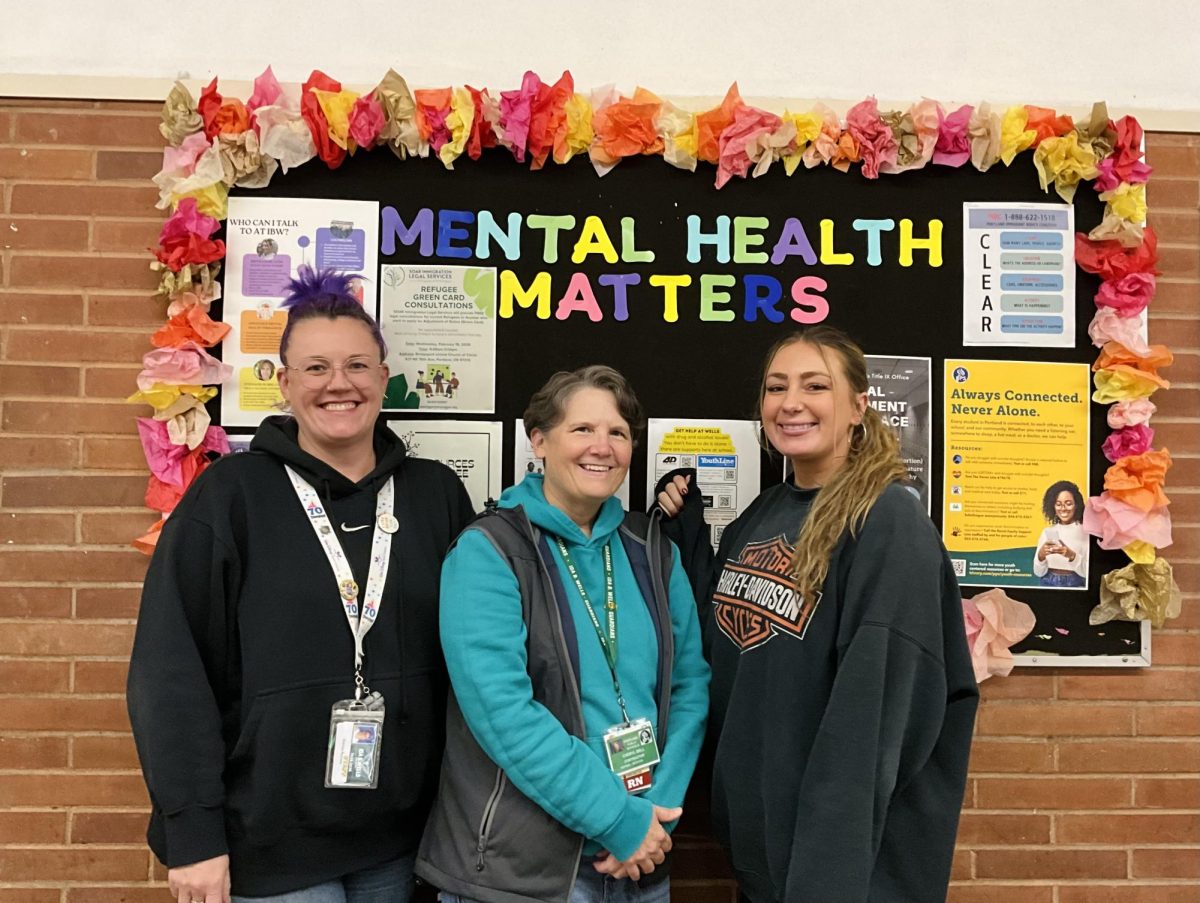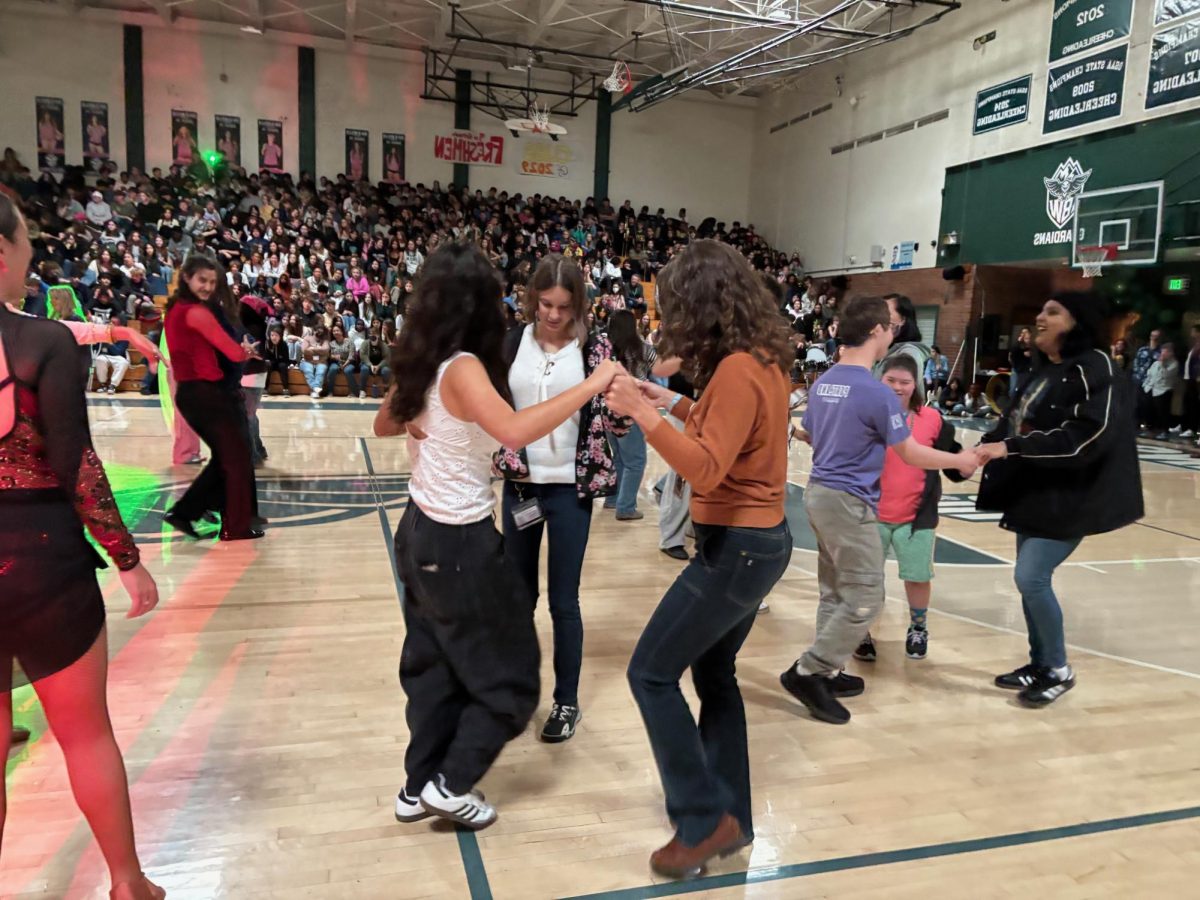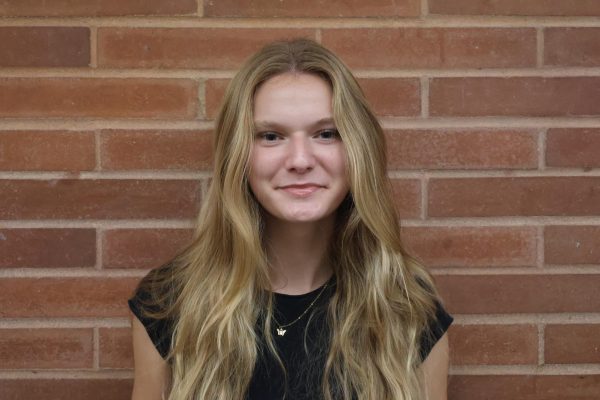Many people have heard the word “strike” recently. But what does it mean?

In June of 2022, Portland teachers signed a one-year contract with Portland Public Schools (PPS), and on June 30, 2023, this contract ended. Typically, when a contract expires, PPS union members and the school district meet and negotiate a new contract; however, this year the teachers and district aren’t able to agree.
It’s no surprise that PPS schools are not in good condition, and teachers want more for their students. According to the Union Bargaining Platform, there are ten main talking points, the biggest of these being the need for “safe and healthy schools.” This request includes; maintaining classroom temperature above 60° F and below 90° F, no mold, water damage, or mice and an increase in security, including doors that lock and blinds that close. Teachers are also asking for a cost of living increase, smaller class sizes, mental health support for students and more staff. The PPS District has responded to the messages with a few proposals, including a partial contract, one that did not include teachers and many other staff members and a 0.5% Cost of Living increase (which is nowhere close to where it needs to be to compete with inflation). Andrew Butterfield, an art teacher at Ida B. Wells High School and member of the PAT, said, “The legislators allocated plenty of money for doing Cost of Living increases, the district is trying to hold on to it – the district management.”
A lot of teachers would argue that part of the disagreement is about money, or more specifically, where to put that money. “The district has prioritized putting away money for a ‘rainy day’ fund, which is a good thing to do if you’ve got too much revenue… but currently there’s more than enough money that’s been put aside for future dates,” said Butterfield. According to him, there also also a large sum of money meant to be used as a COVID-19 relief fund, however, the district has not yet used this. “That money should be going to students, and to buildings and improvements, it should not be just held onto,” said Butterfield. Additionally, a lot of teachers have been let go from their positions in the district, while the district continues to hire more managers. Joy Root, a language arts teacher at IBW, said, “There have been a lot of teacher cuts and more upper administrators hired, so the money has shifted in that direction.” These upper administrators make more money than teachers.
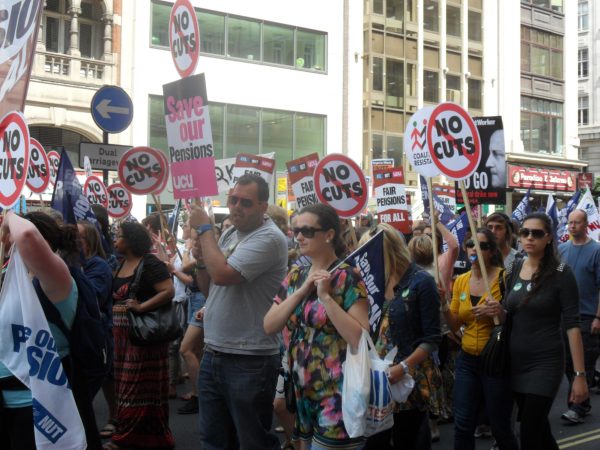
Meanwhile, it does not look like any consequential negotiating is happening. The Portland Association of Teachers (PAT) recently posted on their website that district negotiators should take the initiative. “It is clear the District does not want to bargain with us in any meaningful way about the issues most critical to educators and students…the clock is ticking with two-thirds of our articles unresolved, and the District has not moved enough on any of our priorities to engage meaningfully in the process.”
This begs the question: are teachers going to strike?
It’s important to realize that a strike is merely a last resort for teachers if both sides cannot reach an agreement. “We want to reiterate that we do not want to strike… we continue to hope that the District will reconsider its approach to this negotiation so that a strike does not become necessary,” said the Union Barganing Team to PPS educators.
Despite this, it is still important to understand what would happen if a strike would occur.
An email was sent to PPS parents at the beginning of the school year by Guadalupe Guerro, the superintendent of PPS. It warned students and families that a strike was possible towards the end of October. Many parents are concerned about their children missing necessary in-person school time, worried that it will cause them to fall behind. A strike would likely impact athletics, performing arts and other extracurriculars. It would also disrupt college application processes and assistance, and possibly cause an extended school year. However, some limited supports, like meals, will still be accessible to students if a strike occurs.
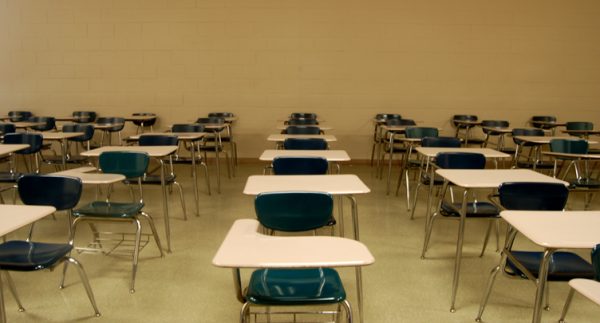
One of the most significant concerns is child care. Most parents work jobs that require an in-person presence, which would prevent them from looking after their kids at home. It would be hard for families to find and pay for child care, which could ultimately be a safety issue.
Clearly, the possibility of a teacher strike is causing tension between the district and teachers. It is also stressful for students and families as well. As such, it is important to think about what might happen and to have a plan if a strike occurs. Many hope the district and the PAT can come together with an agreement that supports teachers and students.


